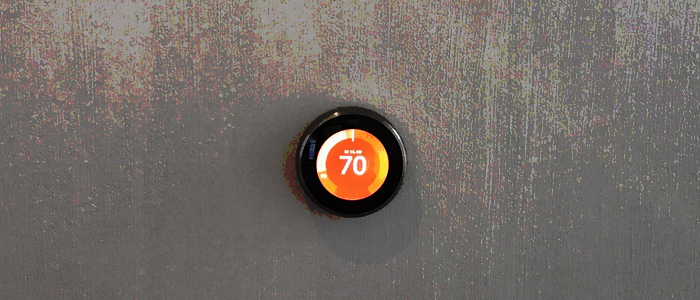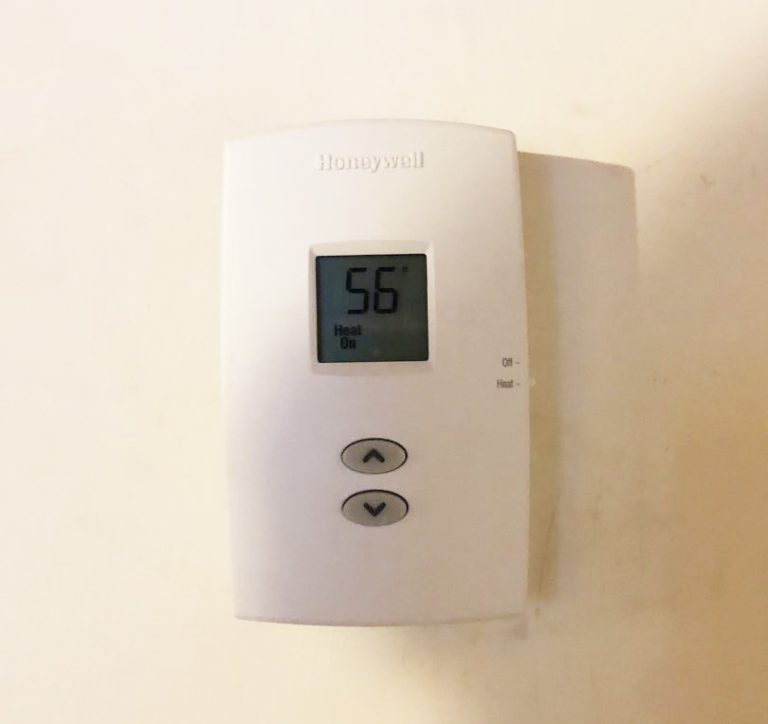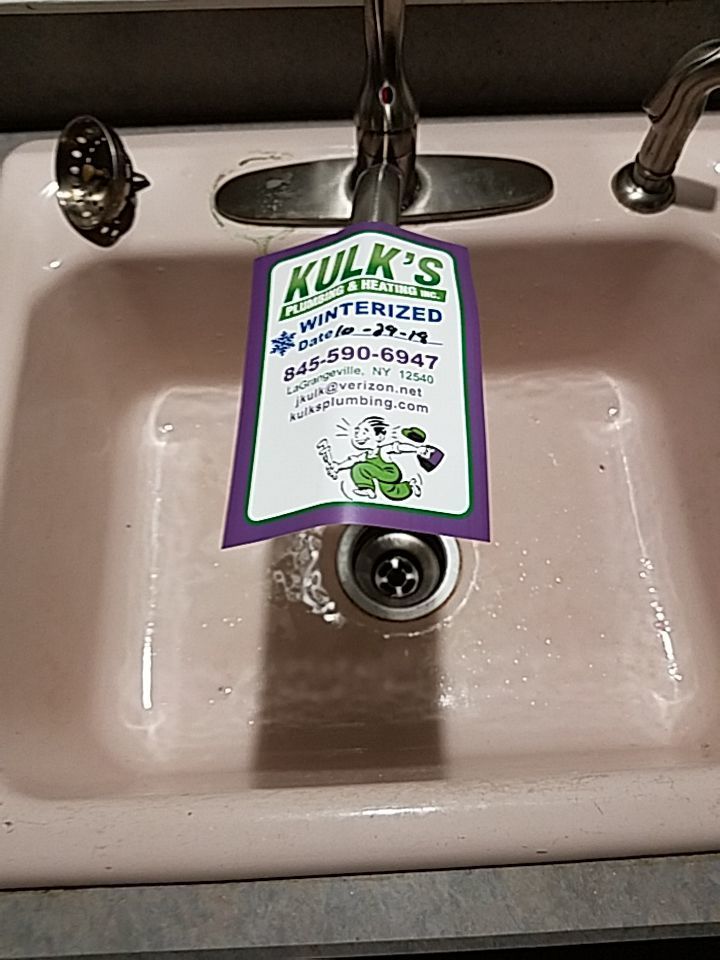Recommended Thermostat Settings & Tips In Extreme Cold

This weekend’s winter forecast is not only calling for significant snow accumulation, but also dangerously cold temperatures plummeting below zero with wind chills. That being said, we know having a warm home is extra important in these temperatures, and so is protecting your home and pipes. During extreme cold, it is important to understand recommended thermostat setting and tips for keeping your heating system functioning effectively, and your home (and family) protected.
Recommended Thermostat Settings & Tips For Winter:
- The house will NOT warm up faster the higher a thermostat is raised. It may be tempting when it’s really cold to bump the thermostat up extra high in the hopes that it’ll get warm quickly. But, that’s not how a thermostat works. It either calls for heat or it doesn’t. This method of trying to heat the house more quickly can waste energy and create a setting that is too warm. Additionally, placing the thermostat high can also result in heat leaving the house faster. When the indoor temperature is much higher than the outside, the movement of heat to the outside can speed up.
 Typically, the recommended thermostat settings for winter when you are home is between 68 degrees F and 72 degrees F.
Typically, the recommended thermostat settings for winter when you are home is between 68 degrees F and 72 degrees F.- Avoid setting your thermostat lower than 55 degrees F.
- When no one is home, setting your thermostat between 62 degrees F and 66 degrees F is typically recommended.
- Turning your heat off completely is not recommended during the winter months, especially when temperatures are expected to be very low. This can lead to frozen/burst pipes, and the potential for dampness, mold growth, and water damages.
- By dialing your thermostat down 5-10 degrees when you are not home, you can save up to 10% a year on energy bills.
- If you are going on vacation, or your property will be vacant, make sure to set the heat to an appropriate temperature to avoid freezing pipes. Consider shutting off the water to the home and draining your plumbing system if the vacancy is expected to be long-term.
Tips For Preventing Frozen Pipes:
 Let Your Faucet Run Slightly – By letting a trickle of cold water run from your faucet during very cold days, you’re allowing the water to continue moving and traveling through your system.
Let Your Faucet Run Slightly – By letting a trickle of cold water run from your faucet during very cold days, you’re allowing the water to continue moving and traveling through your system.- Insulate pipes (especially those that are in basements, garages, close to exterior walls, or in any other place in the home that lacks insulation)
- Winterize your home prior to cold months or expected cold temperatures (shut off water to outside spigots, check exterior walls for holes, insulate, fix drafts, etc.)
- Keep garage doors closed to eliminate heat loss, and to protect pipes that are in the garage.
Protecting Outdoor Oil Tanks:
- If your oil tank is outdoors, you may want to consider taking some precautious before very cold temperatures hit to avoid “gelling.” Some of these precautionary measures include, using a blended heating oil, sheltering your tank, burying your line, insulating your fuel line, or consider adding treatments to your tank.
In addition to winterizing your home in the fall, and being aware of your thermostat settings during the winter months, it is also important to proactively maintain your boiler or furnace to ensure they are working properly and effectively. Here are some fall boiler maintenance tips and furnace maintenance tips! Make sure to consider these recommended thermostat settings and tips to maintain a comfortable and efficient house, as well as protect against costly damages associated with burst pipes.
During this weekend’s expected cold front and winter storm, be mindful of considering the above recommended thermostat settings. If you are having heating issues, contact Kulk’s Heating & Plumbing for assistance. In case of emergency, our emergency services are available 24.7!

